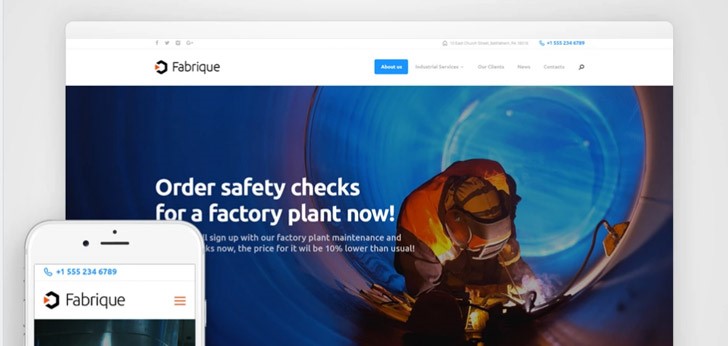
6 Ultimate Guide to Small Business Website Design
Are you thinking about creating a website for your business to help increase more visibility? off course you need a website in this digital era.
In today’s digital era, having a functional website is essential for business success, Small business website design needs not only to be pleasing to a viewer’s eye but it also has to deliver desired results to customers rapidly and consistently.
Here are a few tips to help you get started.
1. Create an Appealing Homepage
Look into creating a good homepage by making use of dynamic colors and incorporating vibrant fonts.
The is aimed at ensuring that no site visitor fails to notice the core brand message on your site.
This will ultimately lead to an increase in website visits. A good homepage is not only defined by a bold craft that grasps the reader’s attention but also carries the main message.
You should also focus on curating interactive and visual content for the website.
2. Implement Responsive Website Design
Responsive web design simply means that a website automatically adjusts to the size of any device such as a smartphone, tablet, or desktop.
You, therefore, need to design a website that is flexible and allows for optimization of contents and is accessible on different devices.
Responsive website design is advantageous because you just pay for the one site, and it will deliver content to many devices.
In Today’s increase in mobile usage on google than laptops and computers, you will want to build your website in fitting to all smartphone device.
Developing a mobile-friendly small business website design will give you further reach hence more customers.
3. Optimizing Your Website For Search Engines
The majority of our website traffic comes from Google.
To rank high in Google, you need to work on your websites search engine optimization.
It’s best to get this step right from the very beginning because it will save you a lot of time in the future, not to mention you will get a lot more traffic sooner. Here’s a list of our top SEO tips for new websites:
Research keywords using google keyword planner. Keywords are the search terms you want to rank for in Google. It tells you which keywords get what amount of traffic.
Make sure to add links in posts to other pages on your site and other peoples sites in posts. This helps Google figure out what your content is about and helps reduce bounce rate.
Don’t have duplicated content.
Add a sitemap to your website.
Don’t have broken links on your website.
Make sure your website is as fast as possible.
Google ranks websites higher for having HTTPS / SSL websites. Some web hosts offer this for free.
4. Organize Content Calendars
While no one knows precisely how much impact consistency has on any particular platform, we know it’s a great idea for a business blog.
You need a regular schedule for regular visitors, and you need it to power the content on a weekly mailing list.
Updating your site regularly also helps make search engines treat your site as more legitimate. The only way to keep a good schedule is to have a well-organized queue.
Calendars with customized scheduled, automated posting, and integration with your top blogging tools are essential.
Look for a content management system (CMS) that lets you provide the highest level of content with minimal effort for your small business website design.
Can You Measure Where People are Clicking?
Page views are helpful, but they’re not the full story. It’s important to know where customers start from on your site, where they go to next, and the whole path of their journey from start to finish.
You don’t need to track each visitor individually, but knowing the general patterns can help you focus on the content that works.
If visitors to one blog post go to a specific product page twenty percent of the time and arrive at the same product page only three percent of the time from another post, that tells you far more than just the visitor counts.
Add in Landing Pages
5. Have a call to action.
Each page on your website should entice the reader to do something – call, sign up for a service, buy a product, download a white paper. Be sure to have a clear invitation to do just that: a button, a link or clear verbiage. Keep it above the fold if possible so that readers do not have to scroll before finding the call to action.
6. Get Personal
Just as brick-and-mortar businesses invest heavily in their storefronts to represent their brand images, e-commerce retailers need to create a similar high-quality online experience in keeping with the brand perception, Tom Lounibos, CEO of SOASTA, told Business News Daily.
To that end, your About page should not be a dry block of text about your company.
“If companies want to remain competitive in the modern landscape, they need their web and mobile websites to engage the user and work as expected,” Lounibos added. “Those that are creating a seamless and enjoyable online user experience are reaping the benefits.”








